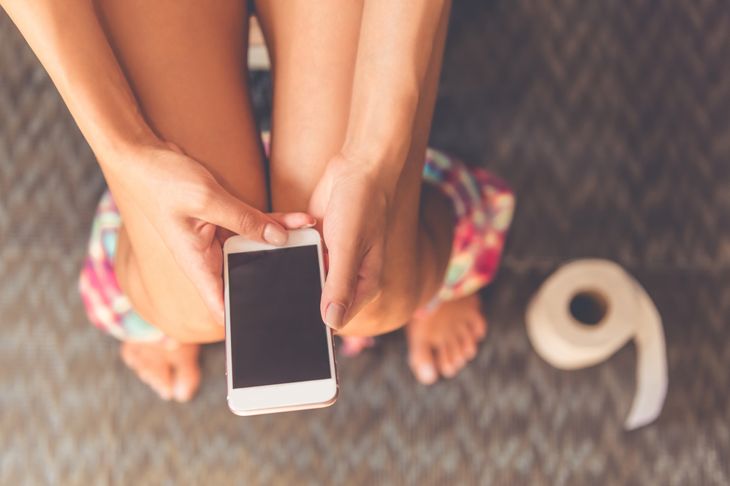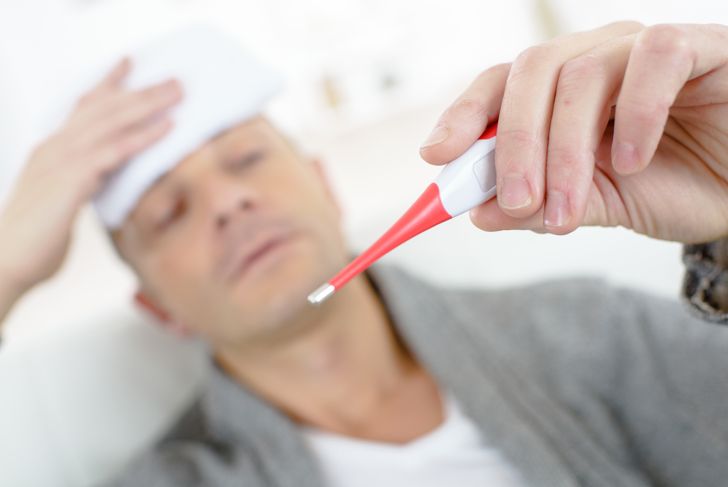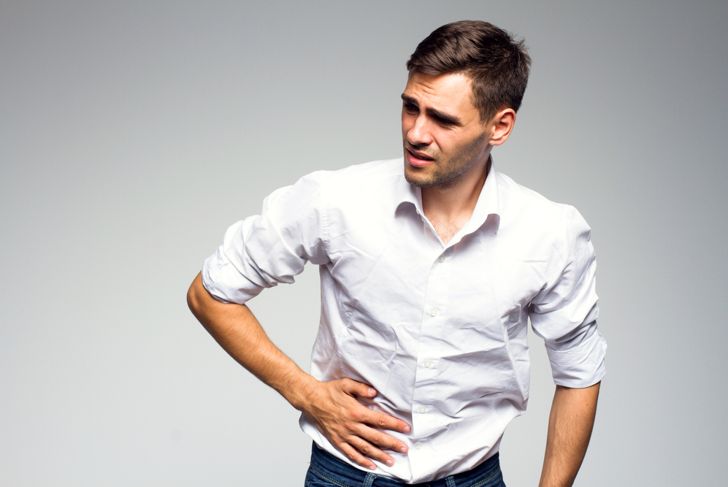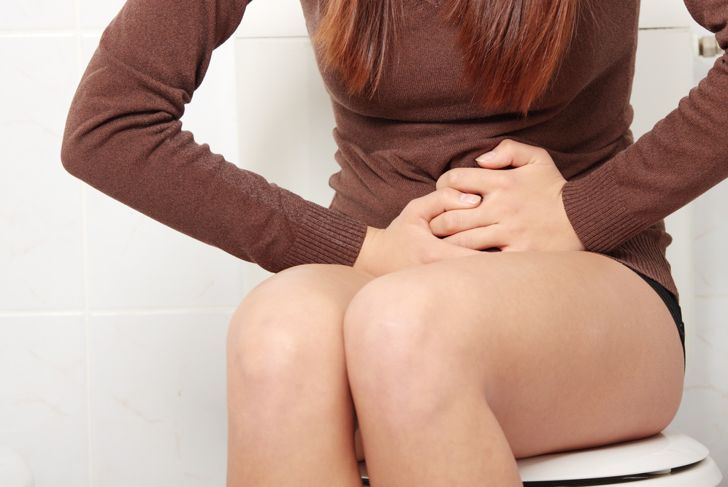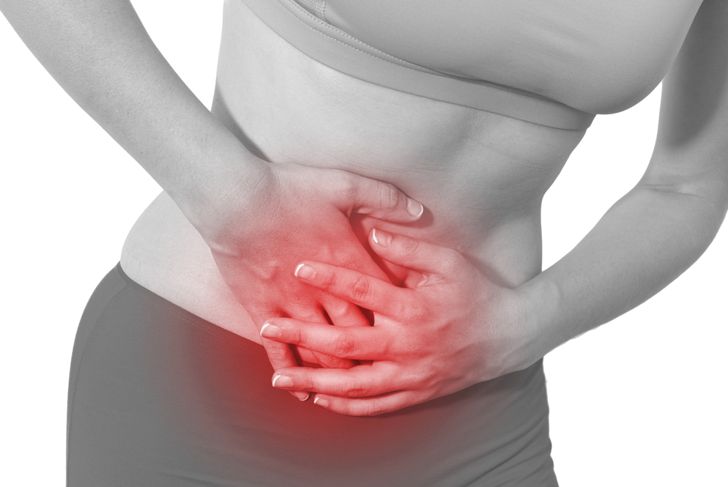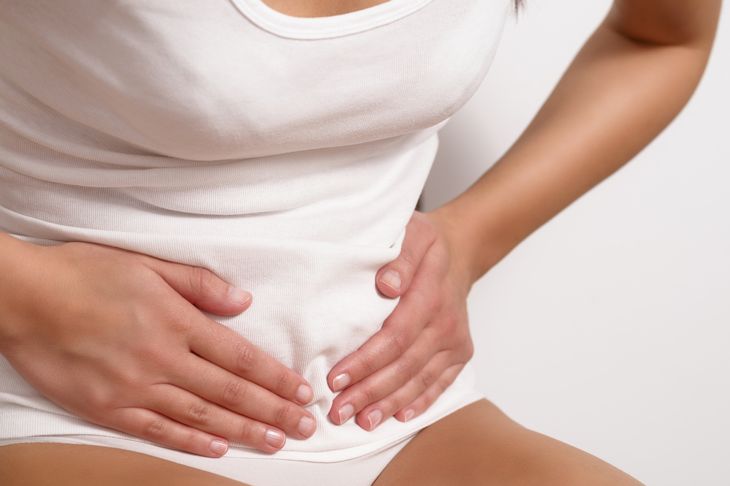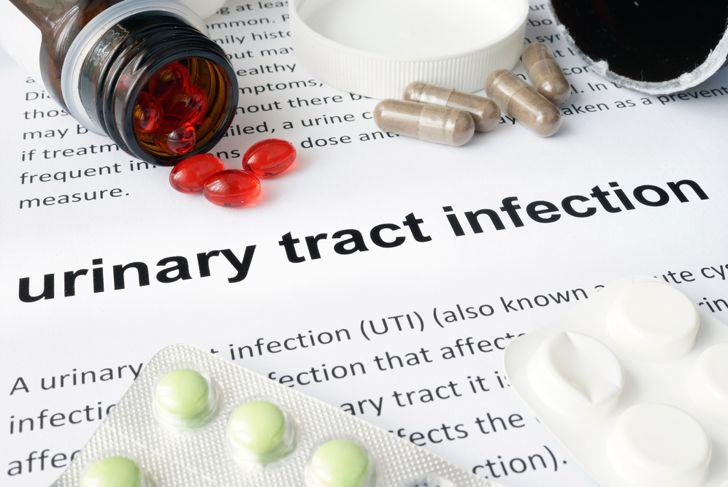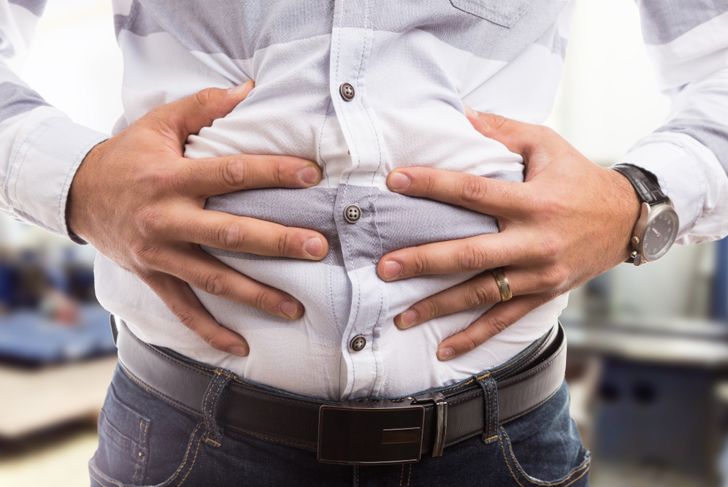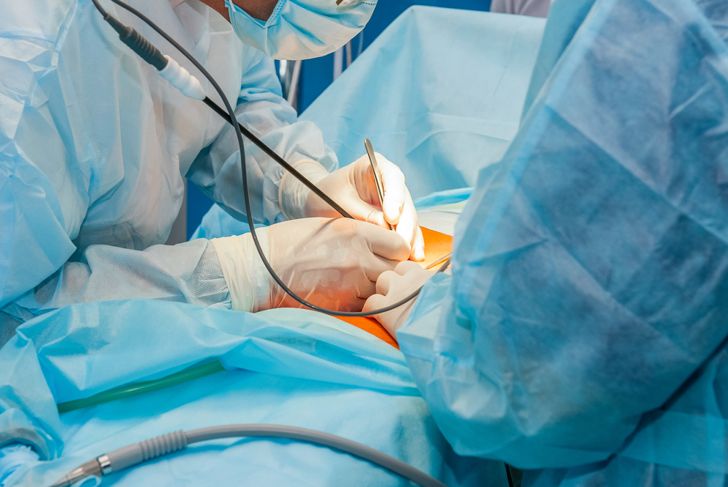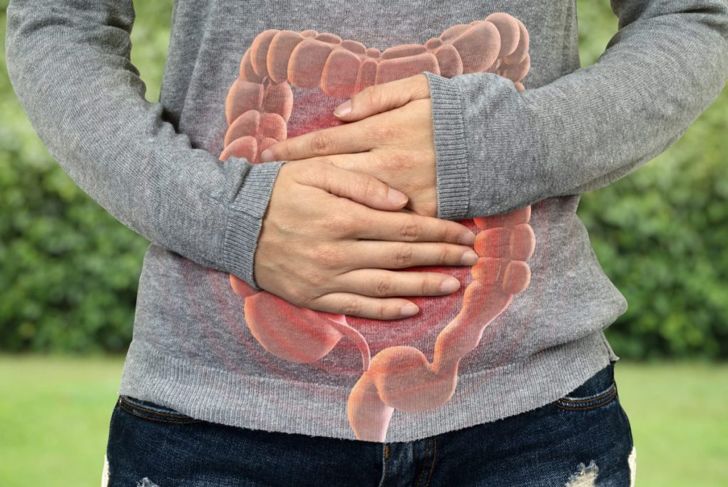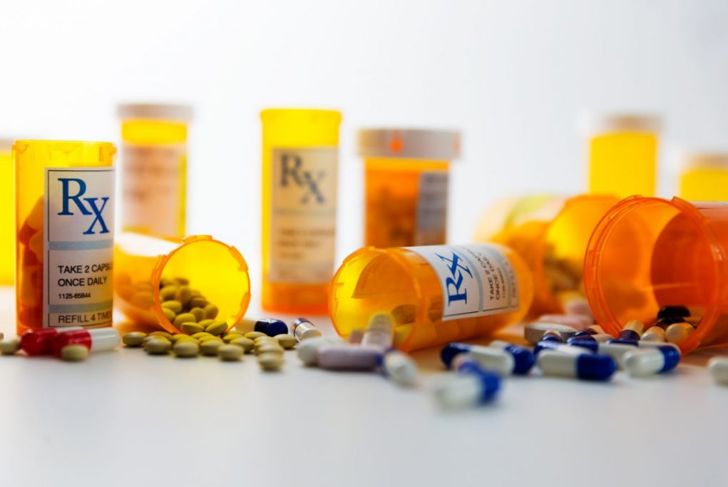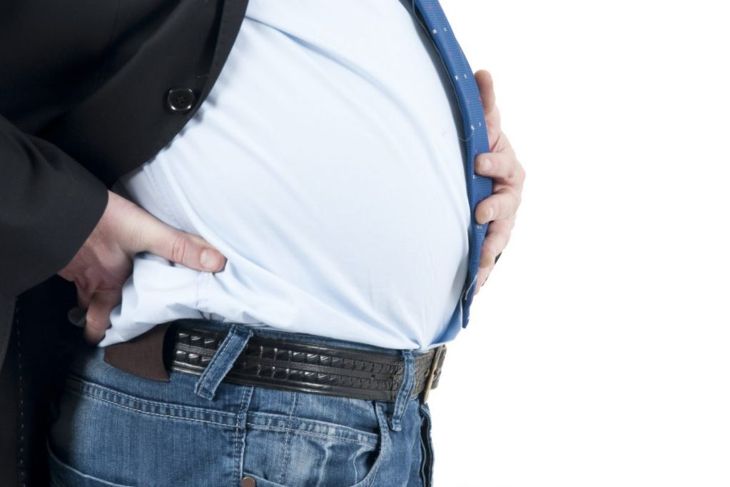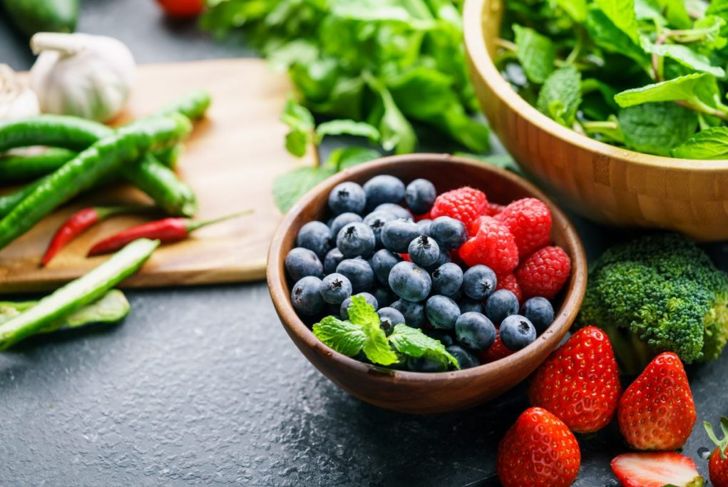Diverticulitis is chronic swelling in the intestine that develops when small pockets, called diverticula, become infected. About ten percent of the population develops some diverticula by the age of 50, but simply the development of the pouches — diverticulosis — does not often cause problems. As the pockets become inflamed, however, they can put pressure on the intestinal wall and cause various signs and symptoms.
No Symptoms at All
Sometimes, people with diverticulitis do not realize they have a digestive condition until a doctor diagnoses them with a test, such as a colonoscopy, carried out for another reason. In the early stages of diverticulitis, the condition causes symptoms many people do not take note of, such as mild indigestion or chronic stomach discomfort.
Inconsistent Bowel Movements
Individuals with diverticulitis might cycle between constipation and diarrhea. Straining caused by constipation weakens the intestinal walls and encourages the formation of diverticula, which may become infected and inflamed. This leads to diarrhea. Though these symptoms might not prompt a person to assume they have a serious digestive issue, abrupt changes in bowel movements should be noted, especially if they are accompanied by other signs such as cramps and fever.
Fever
Diverticulitis can cause a fever. If chills also develop, it is possible the infection has spread to the abdomen, a condition called peritonitis. Some people might misinterpret these symptoms as the flu, which causes similar effects. If the fever and other flu-like symptoms do not resolve within 48 hours, it is best to see a doctor, especially for individuals who are over the age of 40.
Abdominal Pain and Tenderness
The most common symptom of diverticulitis is lower abdominal pain and tenderness. This can range from mild inflammation to severe abdominal cramps due to blockage, infection, or constipation. Serious complications can lead to chronic pain. Lower abdominal pain can be present with a variety of secondary digestive issues including bloating and urinary difficulties. Combined, these symptoms are suggestive of diverticulitis.
Rectal Bleeding
Fecal matter exits the body through the rectum. Bleeding from this area is always concerning. Rectal bleeding can present with or without pain, and the blood may be seen in the stool or separate and may be noted when wiping. This sign can indicate infection or other serious colon problems. In some cases of diverticulitis, blood in the diverticula causes ruptures, which lead to severe pain, infection, and blood passed with stools.
Inflammation
Inflammation of the intestinal wall is what prompts a diagnosis of diverticulitis; the pouches formed from the weakening of the lining become inflamed. Like inflammation elsewhere in the body, individuals often experience symptomatic heat, pain, and swelling. In the intestine, however, other symptoms also develop, including constipation, diarrhea, and nausea.
Pain
Sometimes, abdominal pain is the only symptom of diverticulitis, although in most cases, pain is experienced in conjunction with other signs. The pain ranges from mild discomfort (gas pain) to severe and debilitating lower abdominal cramps. Though many conditions and infections can cause pain in the gastrointestinal tract, a doctor may pursue a diagnosis of diverticulitis when other symptoms noted here are also present.
Urinary Tract Infections
A common complication of diverticula is a fistula, an abnormal connection between two spaces or organs in the body. A common outlet for intestinal fistulas is the bladder, especially in men. This results in serious bladder infections. Infections in the lower urinary tract become more common and frequent in individuals with this disease because bacteria that are normally found in the digestive tract will spread to the urinary tract, through the fistula. Approximately one of every three people with diverticulitis also gets frequent UTIs.
Bloating and Gas
Painful bloating is the result of increased gas in the digestive tract that cannot escape. This can happen if one swallows a lot of air when drinking or eating, but it can also occur if the passing of gas is blocked or if digestion is impaired. A section of inflamed bowel has this latter effect. Gas and bloating from diverticulitis may be temporary, relieved after passing gas or after a bowel movement, but it will generally return and may increase in severity.
Peritonitis
Peritonitis is a rare, but possible complication of diverticulitis. When a diverticulum ruptures, fecal matter and bacteria fill the space, and inflammation and infection set in. In this case, the already weak lining of the intestine may rip. The leaking of infection and fecal matter into the abdominal cavity can cause a serious infection in other internal organs that can cause all the previously mentioned symptoms. Most cases of peritonitis require surgery to remove the infected matter and close the hole in the intestine. The doctor will then prescribe antibiotics to eradicate the spreading infection. Some people have risk factors that make them more prone to diverticulitis. The following are some of the most relevant.
Inflammation
Chronic inflammation is behind many illnesses, including diabetes, cardiovascular disease, and diverticulitis. Scientists believe that the gut microbiome plays a role in diverticulitis development. Gut dysbiosis, an imbalance in the gastrointestinal flora, may cause or exacerbate the mucosal inflammation some people with the disease experience. This inflammation can arise from multiple factors including nutrient-poor diet, stress, and inactivity.
Nicotine
Smoking is one of the leading preventable risk factors for mortality and a host of diseases. A meta-analysis in the Journal of Postgraduate Medicine reported a significantly higher incidence of diverticular disease among current smokers compared to nonsmokers. Nicotine affects the activity and tone of muscles of the gut, resulting in reduced contractions. This may make smokers more vulnerable to experiencing symptoms of diverticulitis. Former smokers fall within the incidence percentages, which could indicate that smoking cessation lowers the chances of developing diverticulitis.
Medications
Several medications appear to increase the risk of diverticulitis. Studies note that regular use of acetylsalicylic acid, nonsteroidal anti-inflammatory drugs, steroids, and opiates may lead to diverticular issues. Ibuprofen and naproxen sodium (which are common in non-steroid anti-inflammatory drugs) are associated with higher occurrences of this condition. Gastroenterologists have found that menopausal hormone therapy may contribute to diverticulitis as well.
Obesity
A strong correlation exists between a sedentary lifestyle and the development of diverticulitis. Lack of consistent physical activity can lead to obesity and impede gastrointestinal motor function. Researchers note that fatty tissue releases cytokines, molecules that promote inflammation in the colon. Physical activity can help reduce body mass and, in turn, the likelihood of this painful disorder. Exercise also helps promote normal bowel movements and alleviate pressure inside the colon. Just 30 minutes of physical activity on most days can help lower the risk of diverticulitis.
Low Fiber Intake
Dietary fiber from fruits, vegetables, and whole grains acts as a scouring agent to brush out waste from the digestive tract. It provides bulk that softens waste material to pass smoothly through the intestines and colon. Without enough fiber consumption, stools can become hard and difficult to pass, putting pressure on the colonic walls. According to a large study published in The American Journal of Gastroenterology, consumption of fiber from various food sources is inversely related to the risk of diverticulitis.

 Home
Home Health
Health Diet & Nutrition
Diet & Nutrition Living Well
Living Well More
More
